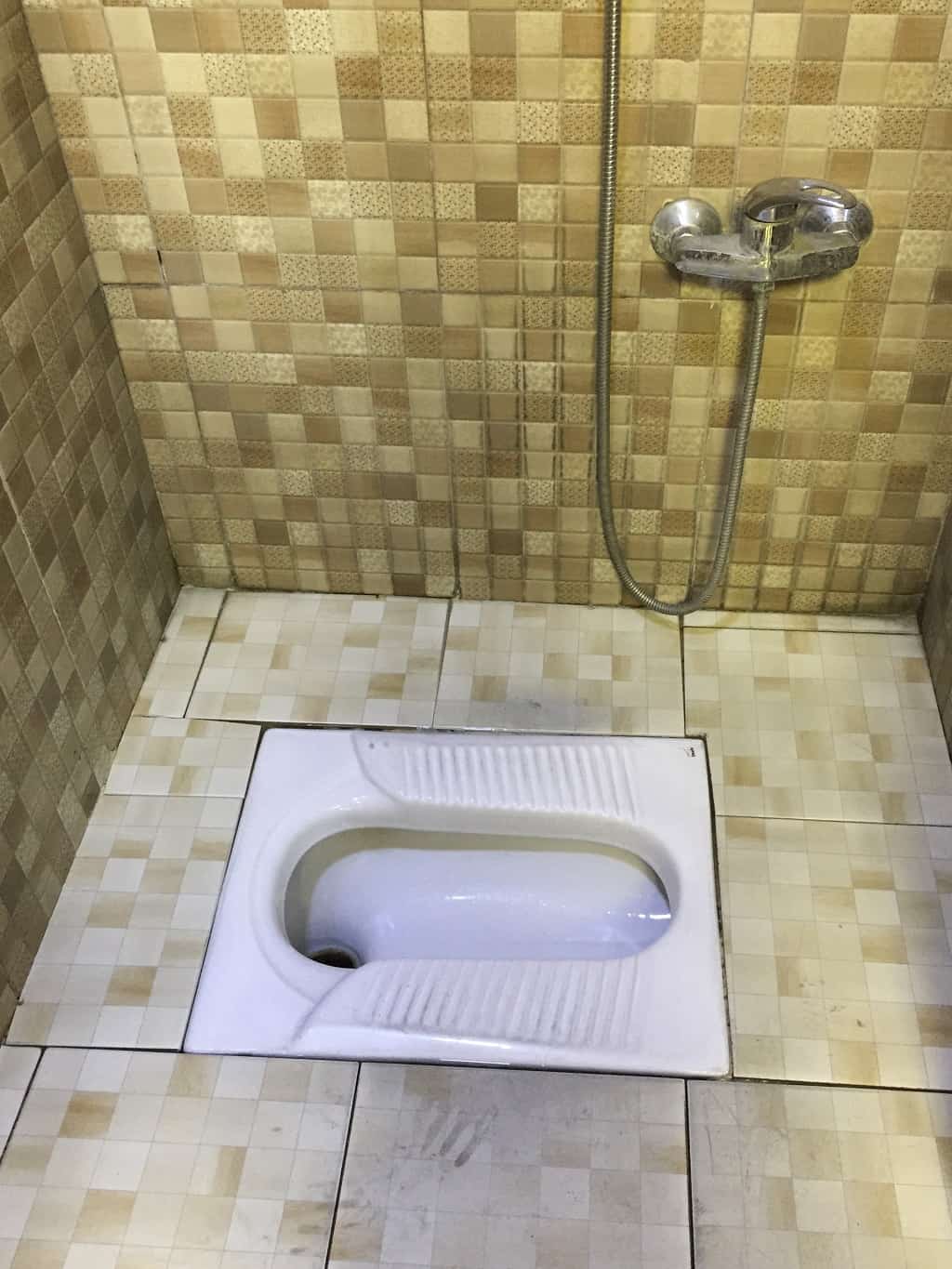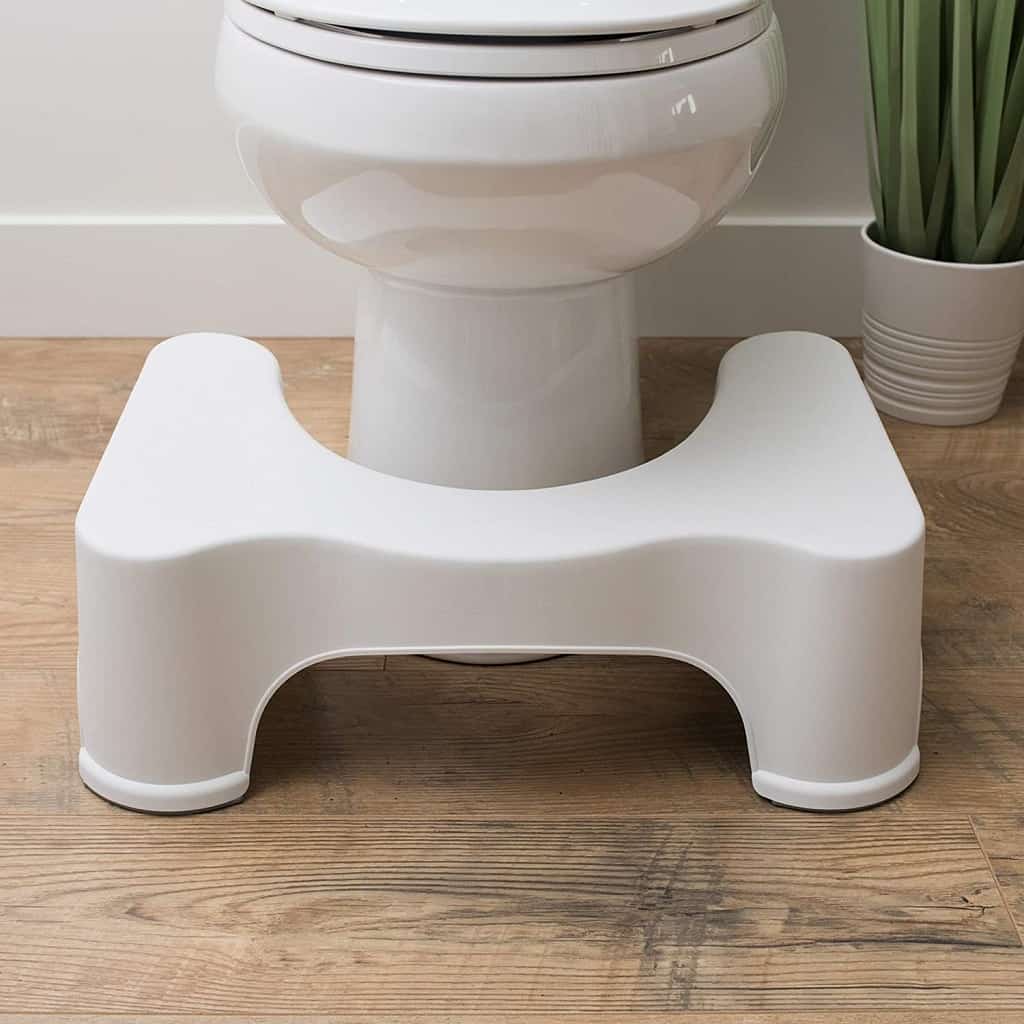Three Reasons Squatting Is Good For You
If you were to picture the word squatting (as in the body position, not the act of taking up residence in somebody else’s property), then you may well be thinking of something like the image above.
And I say this not only in terms of the position adopted by the body, but in terms of the type of person portrayed.
Because the fact is – we usually associate adults squatting like that with third world countries.
If you think about western countries, including the UK and USA, and look around you, you’ll notice just how many items we see and use every day are designed so that we can park our posteriors in them – office chairs, sofas, sun loungers, restaurant chairs, car seats, and so on.
And I think that gets to the heart of our perception of squatting – it’s become more than a cultural consideration. It’s almost as though we in the west deem sitting in chairs more “civilized” and “better”.
Having said that, it’s not only a western thing – because wealthier people in Asian countries, for example, squat less too.
Unfortunately, the truth is somewhat different – because there are a variety of health benefits that come from squatting.
Actually, in most parts of the world, you’ll notice young children naturally adopting that pose, without having to be taught how to do it.
And in most instances, they do this not because they are copying their parents – even though children learn a lot of the world around them by mimicking others.
Sadly, children grow out of this habit – usually for no other reason than that is what western culture demands.
So, what are the benefits to squatting?
This article looks at the three main ones, but there are others.
Flexibility
You’ve probably heard the expression, “Use it or lose it.”
It’s often used as an incentive to exercise, and applied to muscles.
And that’s fair enough – it’s well-known that people who are bed-ridden for long periods of time can develop atrophy, a wasting away of muscles.
It’s also sometimes applied to our mental abilities, which is why people are encouraged to do activities that engage their brain (e.g. solving puzzles) as they grow older, to minimize any effects of aging.
But this adage applies to more or less all aspects of our bodies – including our joints.
Most of us rarely bend our knees more than the 90 degrees required to sit in a chair, but this joint is, of course, capable of bending much further than that.
All of our joints contain something called synovial fluid, which provides nutrition to the cartilage that is present in those joints and helps lubricate them too.
For the body to produce that fluid, it needs two things – movement and compression.
And this is where the problem comes – if joints are not fully extended on a regular basis, the body comes to the conclusion that the joint is not being used and that it therefore doesn’t require all of that synovial fluid, which is when degeneration sets in.
So, while adults might think that squatting is no longer possible for them because they are “too old”, it’s more likely that they have lost the ability to squat at all, never mind comfortably, because they stopped doing it some time during early childhood.
That would suggest you can regain the ability, if you work at it.
Now, nobody is suggesting you should spend all day in a squatting position – doing this for too long, as is the case with many activities, can lead to problems (e.g. arthritis).
But as one way to help regain some of your lost flexibility, it’s definitely worth trying.
Toilet
My first recollection of squatting, as a child, was actually when I was on holiday in France or Spain, so I’d be about six at the time.
And many of the toilets there were of the “squatty” variety.
These days, I suspect they are far less common in Europe, but you will still find them in Africa and Asia, for example.
If you’ve never seen one before, then this is what they look like:

The main points to note are:
- The toilet is set into and/or flush with the floor.
- It basically consists of a hole in the ground with a small plate either side for your feet.
Using these takes some getting used to, and while the one in the above photo shows one that is very clean, you will often find these squat toilets are very dirty when encountered in public restrooms. (There again, there is no shortage of dirty public toilets in the west too.)
And the advantage with these squatties is that you never actually touch the toilet itself, other than with your feet when you stand on the two footplates.
At first sight, you might think these are a massive step backwards from the style of toilet you are used to – but from a functional perspective, that’s not the case.
The problem with western, sit-down toilets is that the alignment of your bowels and your rectum are not ideal, which is why many people have to strain (and end up with haemorrhoids in some cases).
With a squatting toilet, everything lines up much better, making it much easier to defecate.
Also, with your thighs pressed against your abdomen, when squatting, it puts pressure on the right places to help you evacuate your bowels.
While most people in the west are not going to want to replace their current toilet with a squatting one, you can get a device that simulates the correct posture.
As you can see, the Squatty Potty allows you to place your feet on the foot stool so that your knees are raised up.
While this is not quite the same as adopting a true squatting position, it does help.
I have one, and even though I also have a seat raiser (which I bought when I had a bad attack of gout a few years ago), I still find it helpful.
And if you want to try this out before buying something like this, simply find a small box or something similar – the product shown above raises your feet by about seven inches, so that’s where you should start. (Other similar products are available with different heights.)
It may be worth trying particularly if you suffer from constipation.
Birthing
The final advantage of squatting I want to talk about is giving birth because, in many parts of the world, the mother will adopt this same type of squatting position.
Again, part of the benefit of doing this is that the alignment of the body and the baby is better.
But other advantages include:
- Compared to lying down, you are allowing gravity to help in the birthing process.
- It can reduce the overall time spent in labour.
- It can increase the pelvic opening by as much as 30%, making the entire process less difficult and less painful.
So, while the perception might be that this is a primitive method of giving birth, this is not actually the case.
Needless to say, if you want to consider what would these days be called a non-traditional birth, which is, ironically, the more natural and traditional method, then you must consult an appropriate expert to ensure it is all done correctly.
Conclusion
Squatting may look odd to us westerners, but it appears as though that’s because we value convenience and technology more than health – something you can see every day with the fast food that people consume in great quantities.
I do think it’s worth taking a closer look at – as a way to loosen up your joints (but don’t over do this at first, of course), as a way to make going to the bathroom less of a strain, and, for pregnant women, as a way to make childbirth a less traumatic experience.
Additional Resources
These are suggestions for those who wish to delve deeper into any of the above:








